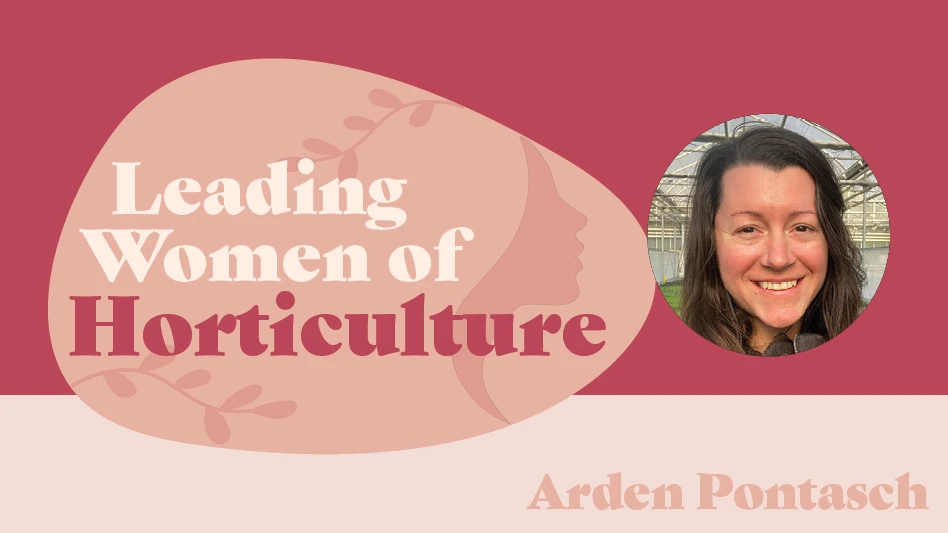

Sempervivums have always been one of my favorite plants. My grandmother had pots of Hens and Chicks near her back door, and I remember being fascinated with them as a young child. I guess I found it interesting that a plant could produce “baby plants” and that they would grow into new individuals when separated from the mother plant. My grammy’s “Semps,” as we call them today, were quite a boring sort, being predominantly green most of the year. I have a feeling she would be absolutely delighted with all the wonderful colors and large rosette sizes that have been achieved through careful breeding over the years. I’m fortunate to live near a world-class Sempervivum breeder, Kevin Vaughn, whom I get to visit periodically to see his latest progeny. Kevin has bred close to 100 named varieties of Semps over the years. That’s out of over 7,000 named cultivars worldwide. His book “Sempervivum: A Gardener’s Guide to the Not So Humble Hens–and-Chicks” is a wonderful reference book about the genus.
Sometimes, you just get lucky. My current favorite Semp was discovered as a mutant sport by Chris Hansen and appropriately named Gold Nugget. Hansen patented the plant, which was the first time a Sempervivum had been protected by a patent. Gold Nugget is the flagship cultivar of the Chick Charms brand developed and marketed by Hansen and Garden Solutions, Inc. Gold Nugget won the “Best New Perennial of 2019” award at the IPM show in Essen, Germany.
If you prefer to grow Sempervivums that are not patented or branded, here are a few other choices to consider. I should point out that at my “day job” as director of business development at Little Prince of Oregon Nursery, we grow nearly 400 varieties of Sempervivums, either in full production or in trials, so I feel like I’ve earned some street cred when it comes to Hens and Chicks. My current top-five list of non-branded Sempervivum includes, S. ‘Dea’, S. ‘Rocknoll Rosette’, S. ‘Lilac Time’, S. ‘Borisii’ and S. ‘Piloseum’. I asked Mike Hicks, head grower and nursery manager here at Little Prince the same question, and he had a completely different list which included S. ‘Reinhardt’. S. ‘Mona Lisa’, S. ‘Bunny Girl’, S. ‘El Toro’ and S. ‘Hausmanii’. The bottom line is, all these varieties and many more are beautiful, require little or no heat inputs and have a long bench life at retail. They are a crop that nursery and greenhouse operations should be considering for future production.
Why grow Sempervivum?
- They have a nostalgic appeal to gardeners young and old.
- They are highly collectible, with over 7,000 named varieties.
- They can be grown cold, with little or no supplemental heat.
- They present well and have a long bench life at retail.
- They are drought tolerant.

Mark Leichty is the Director of Business Development at Little Prince of Oregon Nursery near Portland. He is a certified plant geek who enjoys visiting beautiful gardens and garden centers searching for rare and unique plants to satisfy his plant lust. mark@littleprinceoforegon.com

Explore the February 2020 Issue
Check out more from this issue and find your next story to read.
Latest from Nursery Management
- Society of American Florists accepting entries for 2025 Marketer of the Year Contest
- Sustainabloom launches Wholesale Nickel Program to support floriculture sustainability
- American Horticultural Society welcomes five new board members
- Get to know Christopher Brown Jr. of Lancaster Farms
- American Floral Endowment establishes Demaree Family Floriculture Advancement Fund
- The Growth Industry Episode 3: Across the Pond with Neville Stein
- The Growth Industry Episode 2: Emily Showalter on how Willoway Nurseries transformed its business
- March 2025 issue recap





